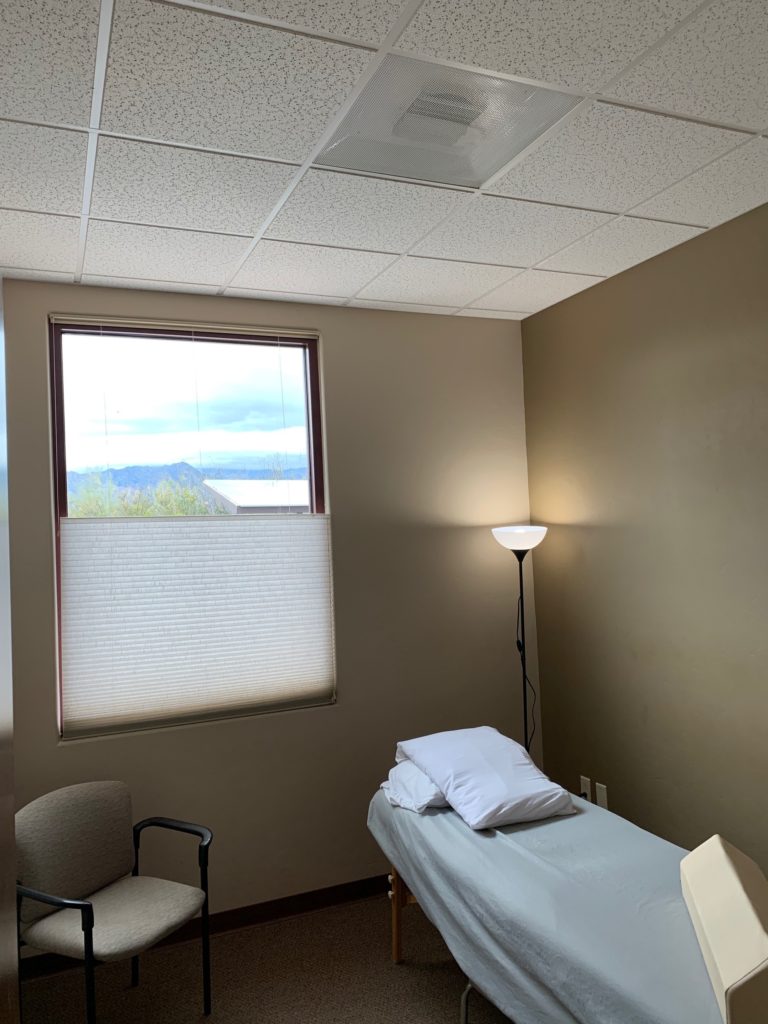What Is A Pelvic Floor Anyway
Your pelvic floor is a group of muscles that make up the bottom of your pelvis. You have THREE layers of pelvic floor muscle that most people do not know are there. The pelvic floor muscles are pretty special as they are the only muscle in the whole body that support a transverse load.

They are in charge of the 5 S’s of your body.
- Support – these muscles support your bowel, bladder, and sex organs. These muscles hold and support the bladder when it gets full holding up to 600 mL of fluid (20 oz)!
- Stability – these muscles provide stability to your sacrum and to your hip bones. With a lot of help from ligaments these muscles help keep your pelvis stable.
- Sphincter control – the pelvic floor muscles make up our external anal sphincter and our urethral sphincter too. They are in charge of keeping everything in to avoid leaking incidents, and they are in charge of letting things out when it’s appropriate (i.e. on the toilet).
- Sexual Functioning – The pelvic floor muscles allow for relaxation of the vaginal muscles as well as maintaining an erection for males to allow for intercourse. If all the muscles are working as they should be, there should not be any pain involved with intercourse.
- Sump Pump – Your pelvic floor muscles actually help pump fluid that collect in the legs and lower abdomen back up to your heart and kidneys to be processed.
It is amazing that only one group of muscles allow for so much to go on! These muscles are just like any other muscle in the body too, they can be strong but they can also be weak.
If the muscles are too weak you might start noticing any of the following signs
- Urinary of fecal Incontinence or leaking
- Pelvic Organ Prolapse
- Low Back Discomfort
- Overactive bladder
If your muscles are working too hard and have difficulties with coordination you might notice any of the signs below
- Pelvic pain
- Dyspareunia (painful intercourse)
- Constipation
- Hemorrhoids
- Coccyx (tailbone) pain
- Painful bladder (Interstitial Cystitis)
Any of the above apply to you? Give pelvic floor physical therapy a chance to resolve the following symptoms and medical diagnosis. Reach out to the pelvic floor health care team at BodyCentral Physical Therapy today.

Do I have to get on the floor? As a pelvic health physical therapist that is my favorite question to hear. The answer is No! Your physician has probably sent you for an assessment and treatment of your pelvic floor muscles. These muscles support your organs, stabilize your pelvis, are your main source of bowel and bladder control, are important for sexual function, and aid with pumping fluid in your body. Some of the reasons you might be referred to a pelvic health physical therapist would be urinary or fecal leaking, difficulty urinating or completing a bowel movement, constipation, pelvic organ prolapse, pelvic pain, vulvodynia, vaginismus, or pain with intercourse.
What to Expect:
Since these muscles are a part of your pelvis, assessment and treatment is more personal and private. When you come to see a pelvic health professional we ask the more personal questions. Your provider will want to know about pee, poop, and sexual functioning which are the more taboo things to talk about, but we don’t think so! If you are uncomfortable talking about these things we want to know so please protect your space.
Your examination of your pelvic floor muscles are all based on your level of comfort – this is your road to better health and we are here to guide. Your provider will lay out the options and you pick!
- Internal vaginal or rectal assessment. An internal assessment will tell your provider strength, coordination, and endurance of your pelvic floor muscles. This will also tell your provider if there is a certain muscle that is causing pain or not working properly to give you the strength you need.
- Visual Assessment. Your provider can assess the coordination of the pelvic floor muscles by visually assessing the muscles in reference to the bones you sit on.
- External pelvic floor assessment. Your provider will feel for the bone you sit on and place their hand to the inside of that bone over clothing. This will tell us how the coordination of the pelvic floor muscles are but not the strength.
- Biofeedback or sEMG assessment. External sensors are placed on your backside – you can even place them yourself. This will allow for you and your provider to visually see the activation of your pelvic floor muscle. This is often used as a training tool as well as assessment.
Pelvic floor therapy is NOT scary, not shameful, not taking autonomy away from you. Pelvic Floor Therapy is meant to be confidence boosting in putting yourself back into charge of your health care journey.
If you have any questions about pelvic health therapy please reach out to the pelvic health physical therapists at BodyCentral. We would love to answer any questions.
520-325-4002 kristenfisher@bodycentralpt.net
